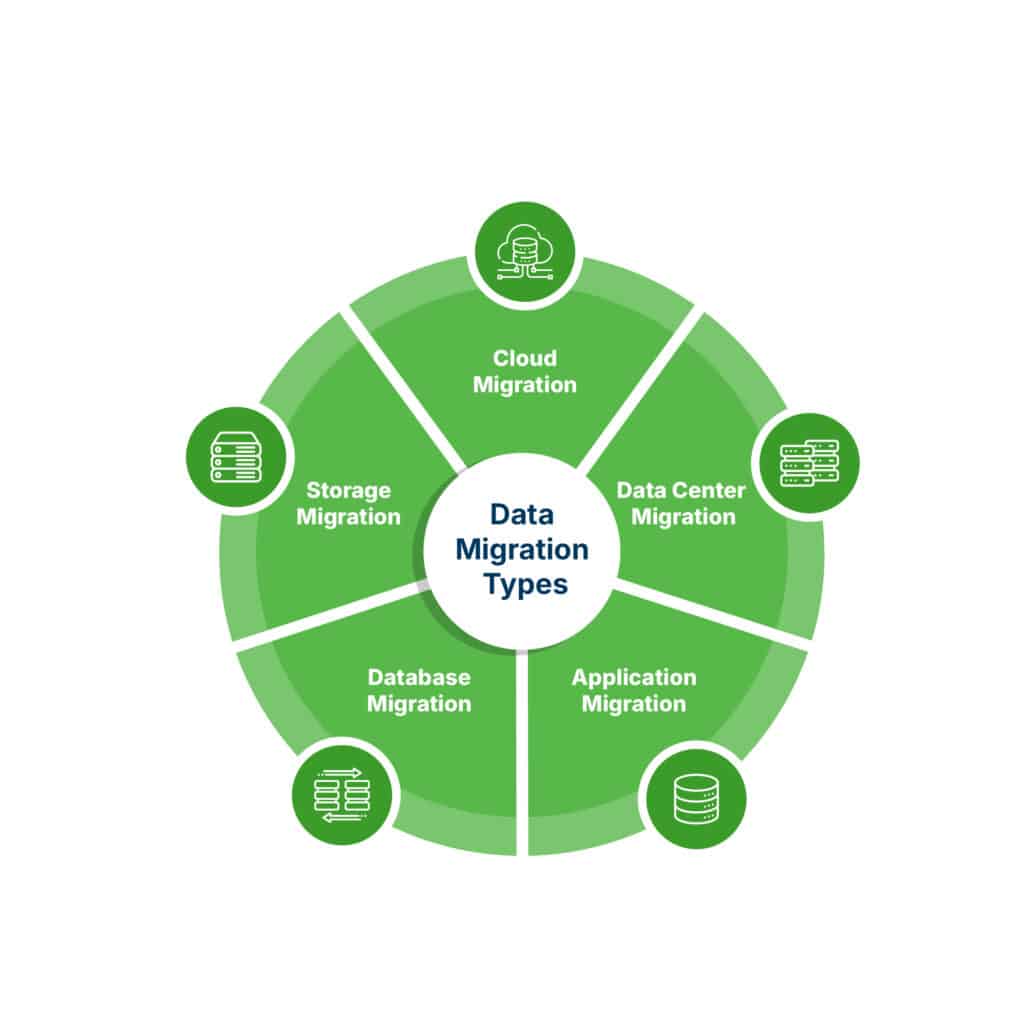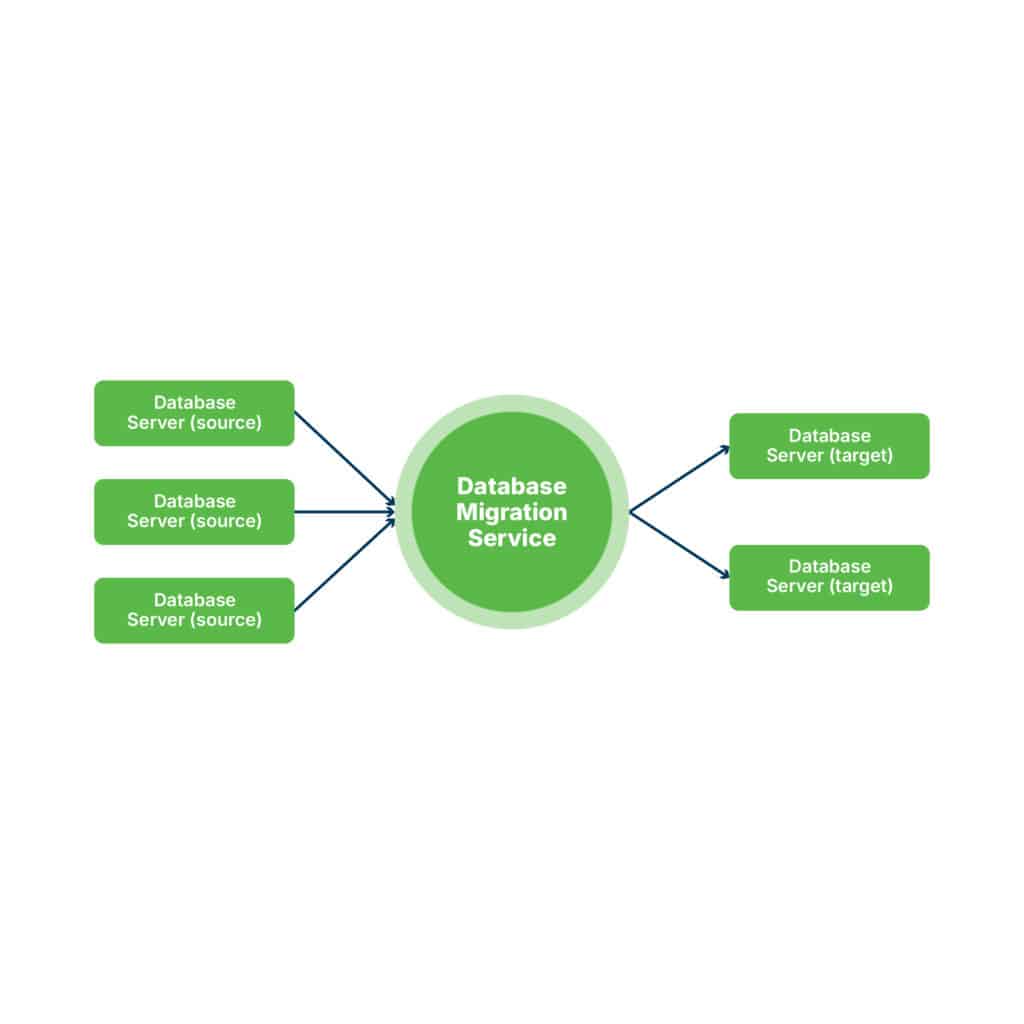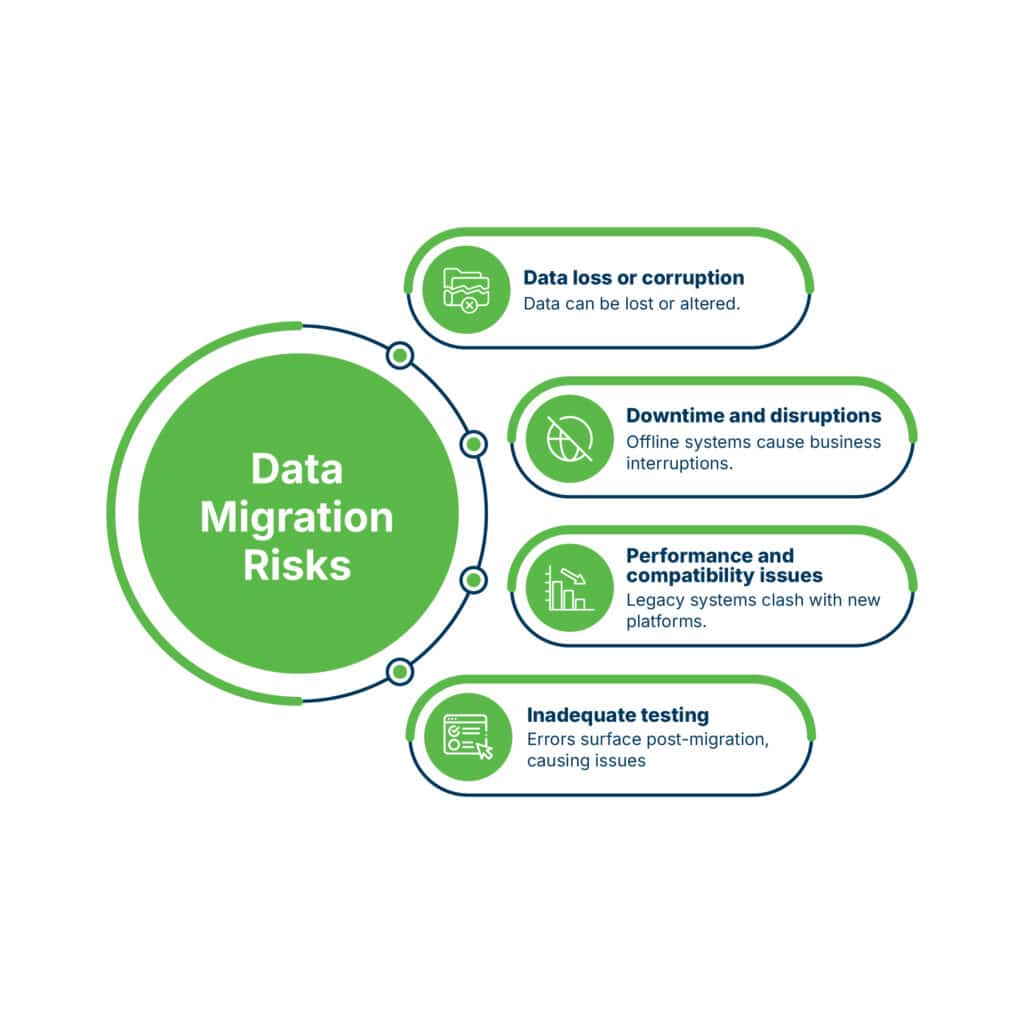In times when agility and data-driven decisions are key drivers of business success, traditional monolithic data management systems may hinder progress. These legacy systems, which once served as a strong, reliable structure for managing smaller data flows, are now strained under the pressure of modern data demands—massive volumes, data complexity, and real-time analytics. As a result, these legacy systems lead to data silos, slow down response times, and limit scalability that impede a business’s ability to make quick, informed decisions.
To break free from these limitations, organizations are increasingly turning to data migration as a strategic move. Migrating data to more flexible, cloud-based, or hybrid environments has become a priority for forward-thinking businesses seeking to leverage their data effectively. Data migration helps businesses resolve the limitations of outdated systems but also unlocks opportunities for enhanced scalability, improved performance, and advanced analytics capabilities.
Data migration not only addresses the constraints of outdated systems but also opens doors to enhanced scalability, improved performance, and advanced analytics capabilities.
In this blog, we will explore what data migration is and the different types of data migration, helping your forward-thinking business make the best choice for managing and migrating your data.
What is data migration?
Data migration is the process of moving data from one storage system or computing environment to another to improve scalability, enhance performance, and support varying business needs. This migration means transferring data from legacy systems to modern data platforms, moving between storage formats, applications, or even cloud and hybrid environments. However, to achieve a successful and effortless data migration, organizations need a well-thought-out data migration strategy.
As enterprise organizations generate data at unprecedented rates, choosing the right environment to store and manage data has become an important priority. Moving to more flexible and efficient systems enables businesses to gain deeper insights, drive innovation, and maximize the value of their data.
The role of a data migration strategy
To ensure a successful and seamless data migration, organizations must develop a well-thought-out strategy to migrate to a cloud-based data platform. A data migration strategy serves as a roadmap, guiding businesses through the complexities of the process. It helps assess data quality, select appropriate data migration tools, and outline clear goals. Additionally, it identifies potential risks and ensures that data is transferred smoothly and securely, keeping disruptions to a minimum.
With a solid data migration plan in place, companies can confidently choose the best environment for their data, ensuring long-term success and optimizing the benefits of their migration efforts. A well-structured strategy supports the transition to high-capacity, optimized storage and empowers organizations to make the most of their data.
When should your business consider data migration?
Knowing when to consider data migration is key to keeping your business agile and efficient. Certain situations call for a thoughtful approach to moving and reorganizing data, ensuring it serves your organization’s evolving needs. Understanding these moments can help you make strategic decisions that drive growth and innovation. Let’s explore some key scenarios to understand when data migration makes the most sense for your business.
- Bringing together multiple data systems into one to simplify data management
- Moving to a cloud or hybrid environment for enhanced scalability
- Expanding and scale storage capacity
- Enabling the use of advanced tools and applications that require newer data systems
- Improving the ability to access, analyze, and gain insights from data
- Meeting new compliance requirements
- Achieving older, less frequently accessed data from legacy systems
- Repurposing data to serve new functions
- Transferring data ownership















